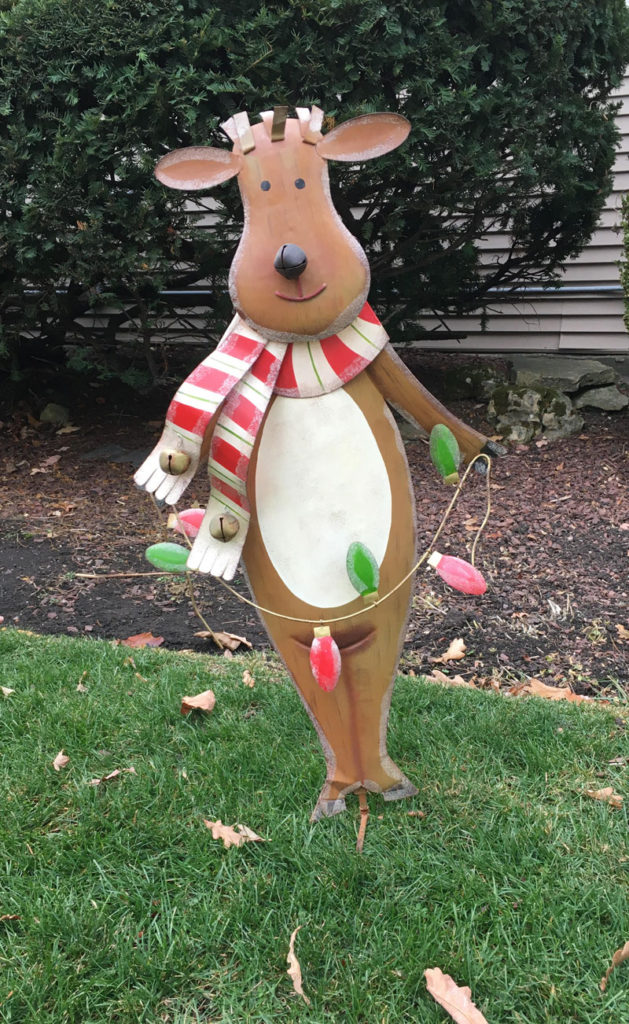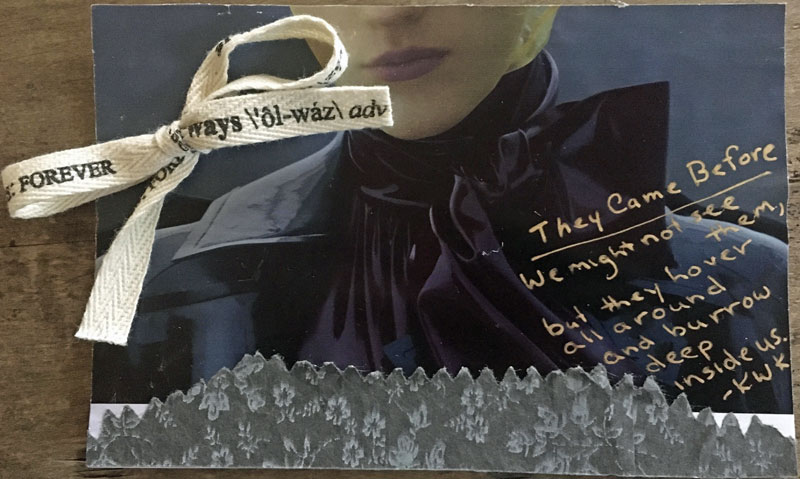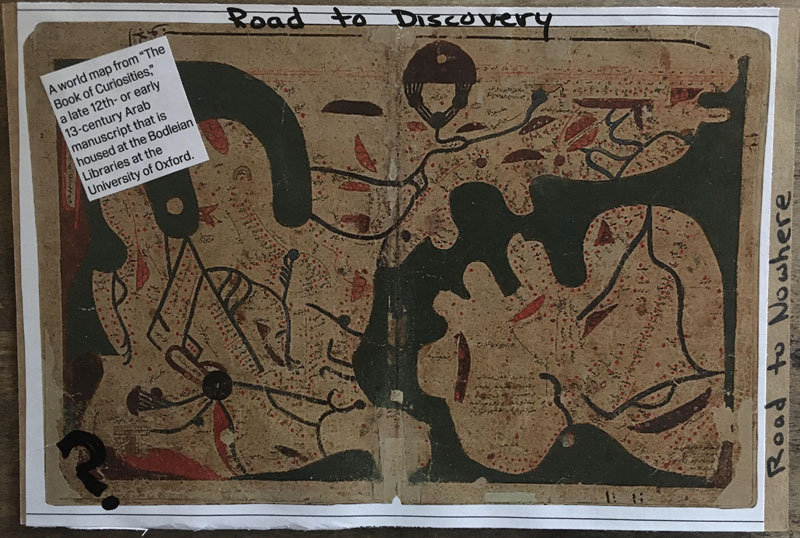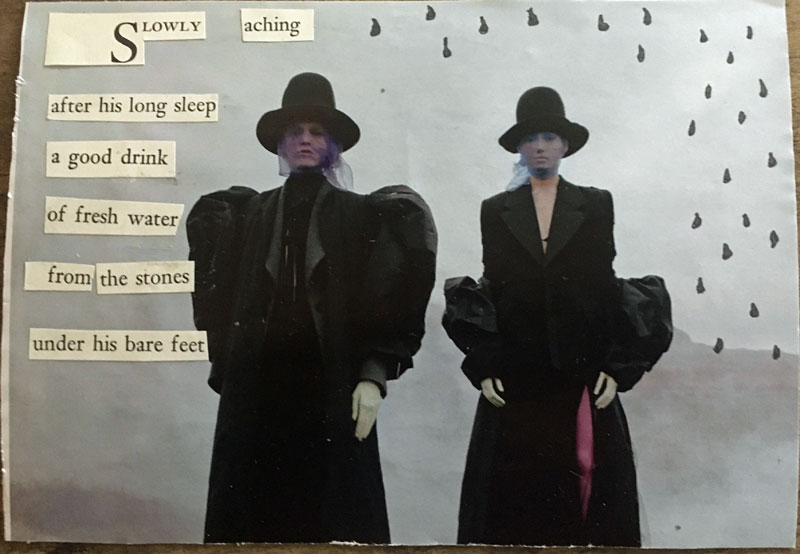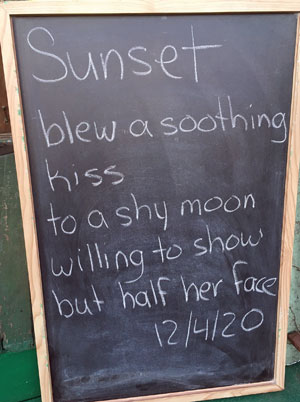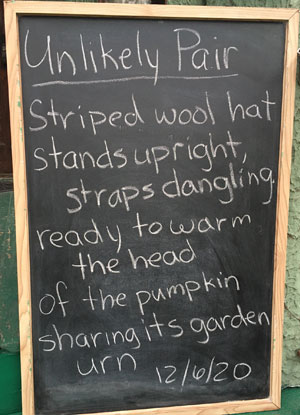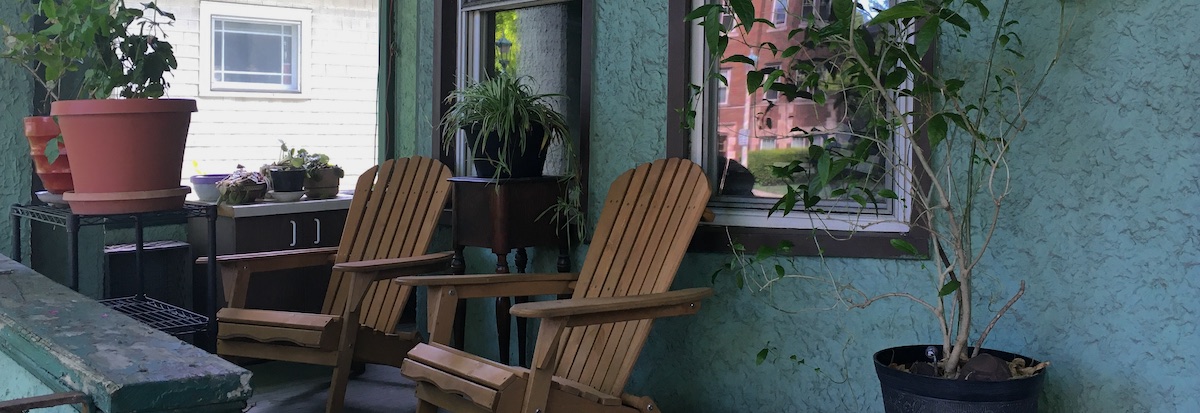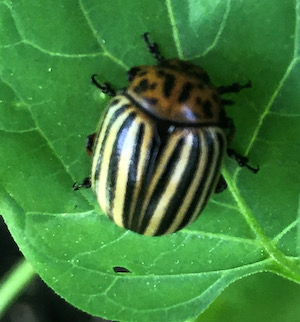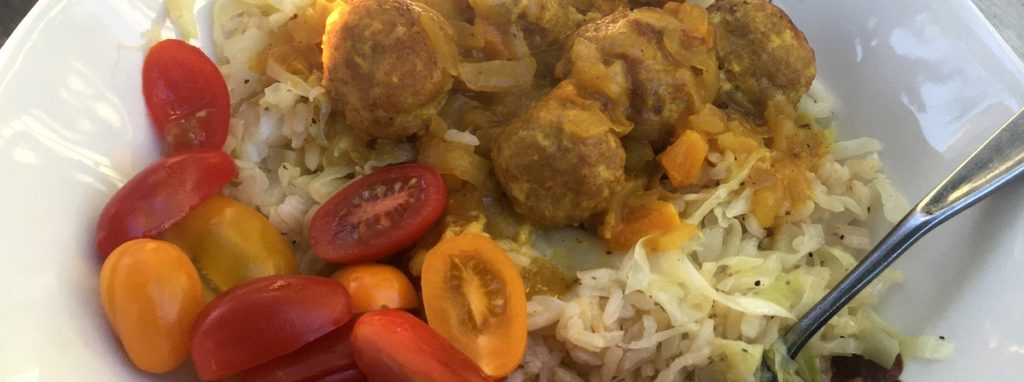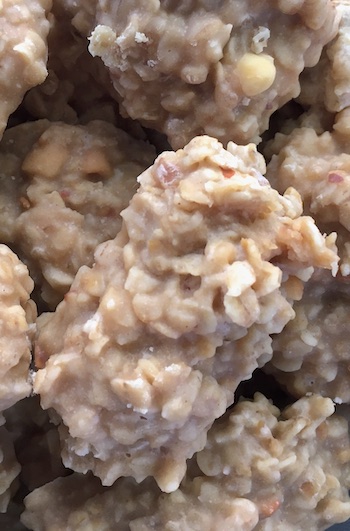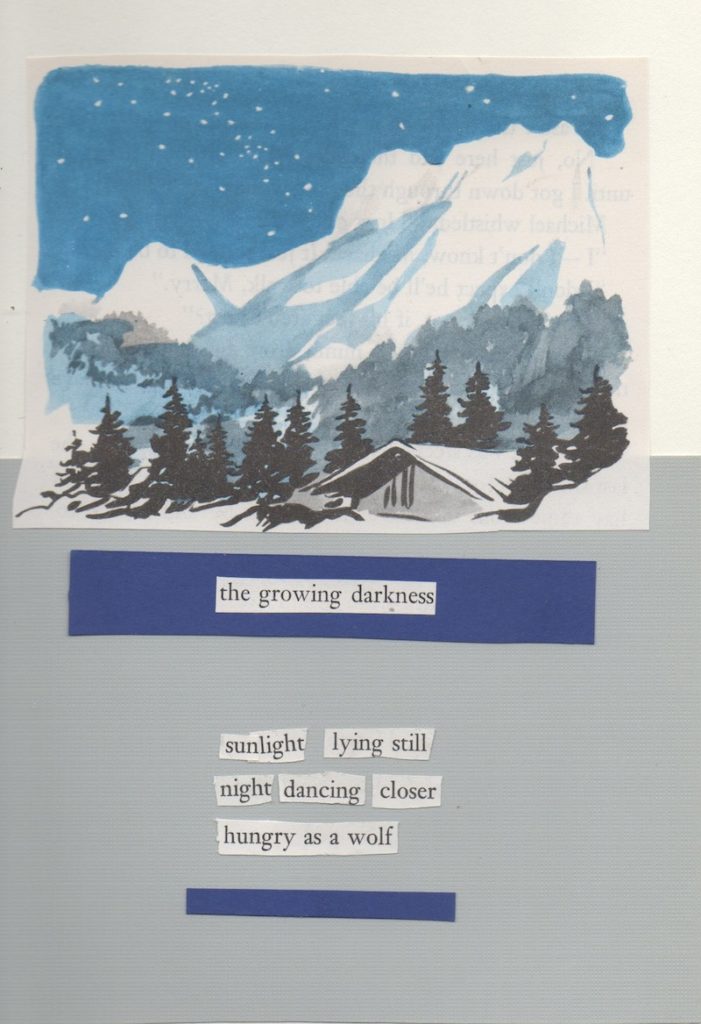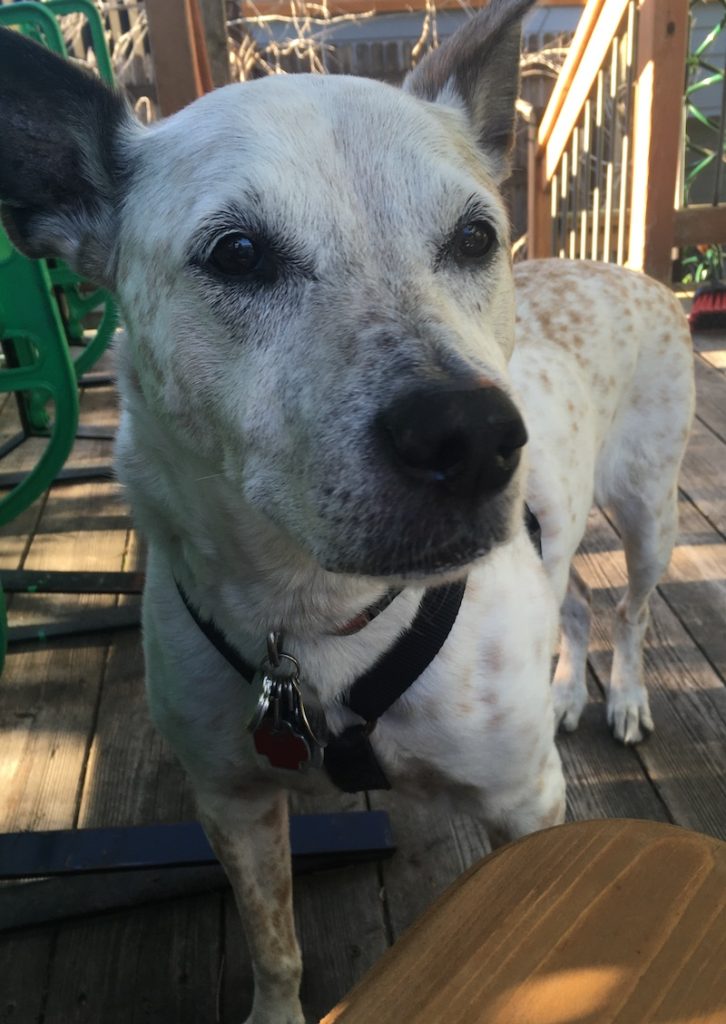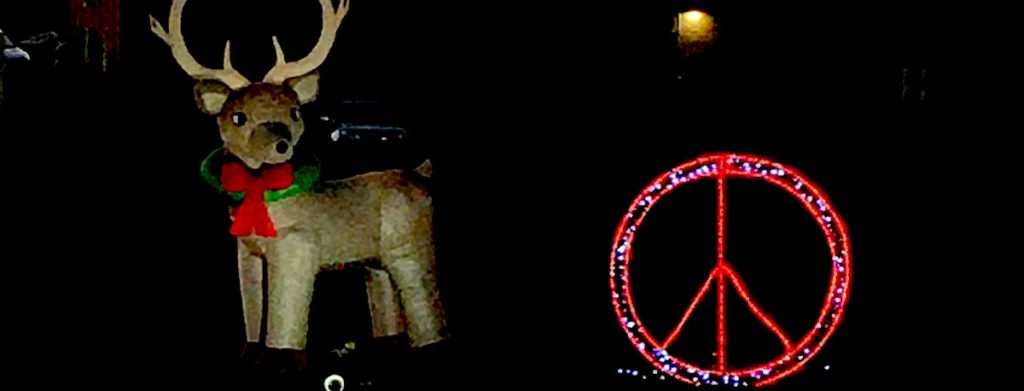
We’re working our way through the holiday movie (and cartoon) season, and I’m trying this year to combine a mixture of old favorites and movies I’ve never seen. Last night was one of the latter, a 1940 entry called both Beyond Christmas and Beyond Tomorrow (apparently Beyond Tomorrow was the original title).
It was filmed in black and white, but I watched the colorized version, and while I’m not always a fan of colorization I have to say last night I was happy for it. For reasons I’m uncertain of, black and white seemed last night like more work than color. Even with the color, though, I can’t say I came away a big fan of Beyond Christmas/Tomorrow. It’s pretty sappy and overtly religious, neither of which win points from me. I still enjoyed it, though, possibly because of the combined accents of Charles Winninger playing Michael O’Brien and Maria Ouspenskaya as Madame Tanya, or possibly because the winter holidays are the right time for schmaltz.
Not just movies at home; also movies filmed at home
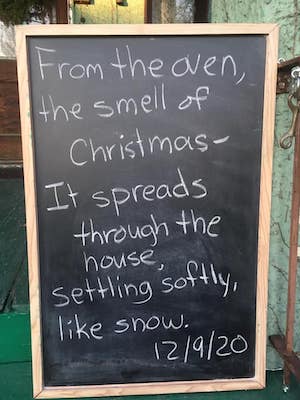
Before putting on the movie, my husband and I were glued to the television screen for a very different kind of showing. Once again for reasons I don’t know, the husband pulled the old (as in oldest—we have more than one) video camera from its bag and found in it a tape labeled Christmas 2000. Once we started looking at it, we couldn’t stop. We relived the opening of Christmas gifts with our young son on Christmas morning, his first test run on his new scooter, frolic in the park, the pre-school Christmas pageant and more. My husband was transported back to the childhood home that has since been demolished to make way for a McMansion. And by the way, who were those two young parents cavorting with my son? Just wow.
The holiday season seems a great time to relive home movies, so full of memories and nostalgia. Or maybe it’s the pandemic that makes this seem right. Whatever the reason, I thoroughly recommend it. If you have old home movies anywhere, pull one out and revisit it. Maybe get on Zoom/FaceTime/Skype with far-flung family and let them see it, too. And while you’re at it, have a latke or Christmas cookie.

